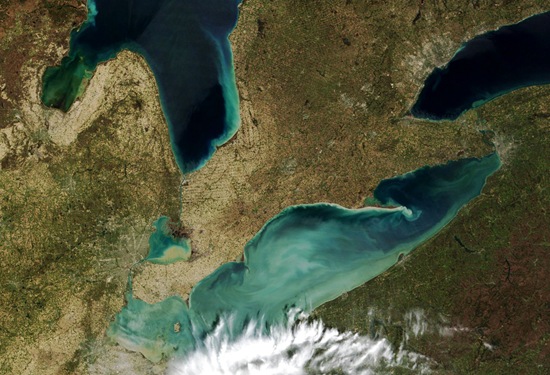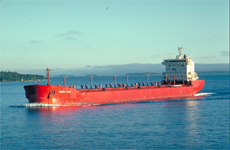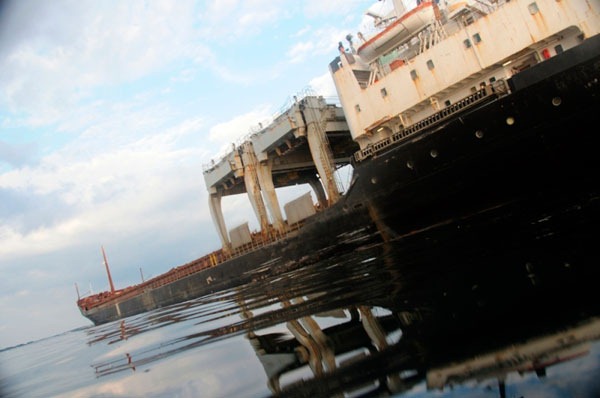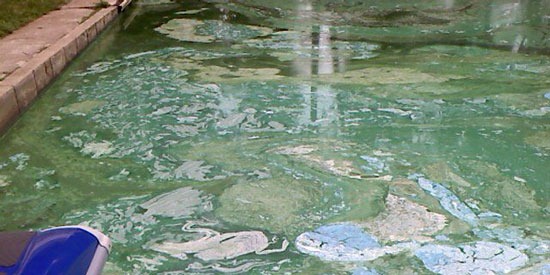Lake Erie aquatic species are affected differently by hypoxia events
0
A recent study conducted on Lake Erie aquatic species has shown that hypoxia events in the lake have a harmful impact on all species, though some are more affected than others by the oxygen deficiency.
Aquatic environments are considered hypoxic when less than two parts per million of dissolved oxygen is present. It is commonly believed that fish need six parts per million of DO to thrive. Below that, they don’t eat, become lethargic, and often die. This is why hypoxic zones are commonly referred to as “dead zones.”
“The term ‘dead zone’ sounds really scary,” said Tomas Höök, assistant professor of forestry and natural resources at Purdue University. “But in a lot of cases a hypoxic zone will not be negative for all fish species.”
Hypoxia events typically occur in conjunction with harmful algal blooms. When algae settle to the bottom of a lake and decompose, oxygen is consumed. Additionally, the respiration of organisms, abiotic processes, and even the invasion of zebra mussels are also thought to play a role.
The study’s findings, published in the Journal of Freshwater Biology, were made possible by the development of a computational model used to estimate temperature and dissolved oxygen levels at varying depths in the lake for each day from 1987 to 2005. Conclusions were then obtained from comparing model data with pre-existing bioenergetic models for various species and their needs. The analysis ultimately allowed the researchers to determine when and at what depth the habitats of various fish species were affected by hypoxia events.
Höök and his research team are still working to develop more complex models that will provide insight into what effects hypoxia-induced fish movements have on Lake Erie.
The free online [PDF] version of the publication contains additional details about the species investigated, corresponding bioenergetic parameters investigated, computational model development, and model data comparisons.
Lake Erie hypoxic zone doesn’t affect all fish the same, study finds [e! Science News] Lake Erie Hypoxia: Comparison of Oxygen Dynamics in the Western Basin with the Sandusky Subbasin [PPT] [Elking, B. (OSU)] Lake Erie Hypoxia [PDF] [Richards, R.P. (Heidleberg U), Hesse, G. (Ohio EPA), Knight, R. (ODNR), Dinse, K. (U Michigan), Scavia, D. (U Michigan)]
Image Credit: NASA Earth Observatory Collection












